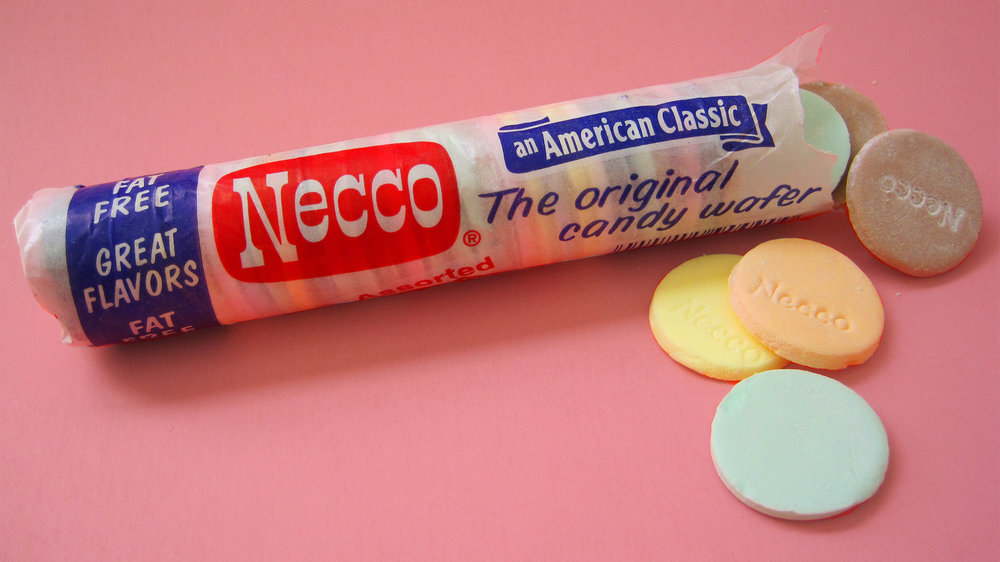Awful? Awesome!

We’re in the middle of a Necco Wafer boom. The company that makes them, the New England Confectionary Company, needs to find a buyer within a few weeks or it will go out of business, so lovers of the candy, first produced in 1847, are going to extreme lengths to secure a stash in case the company goes under.
If you have ever had Necco Wafers you know they are, um, not for everyone. The experience of eating them has been compared to eating drywall or chalk. If market researchers were conducting a taste test, they almost certainly wouldn’t pass muster.
But Necco’s success is rooted, in part, in the fact that it is a polarizing brand. An article in Harvard Business Review explains how alienating a large number of people can be a good marketing strategy because those who actually like you feel like part of a special tribe. So if you rate a brand on a scale of 1-10 and it scores something like a 5, that could mean the brand is boring– or it could mean the opposite, that people have deeply polarized opinions.
Necco also capitalizes on the power of memories and symbolism. The brand reached its peak popularity after World War II. Not coincidentally, the US government distributed the wafers to GIs during World War II and those same people kept on buying them when they got home, even though they tasted like antacid tablets. The woman in the article above who wants to trade her car for a massive stock of the wafers says they bring back memories of playing in her grandmother’s home.
Necco is a case where products attributes don’t matter much. Or, if anything, attributes that many perceive as highly negative have worked in a brand’s favor.
